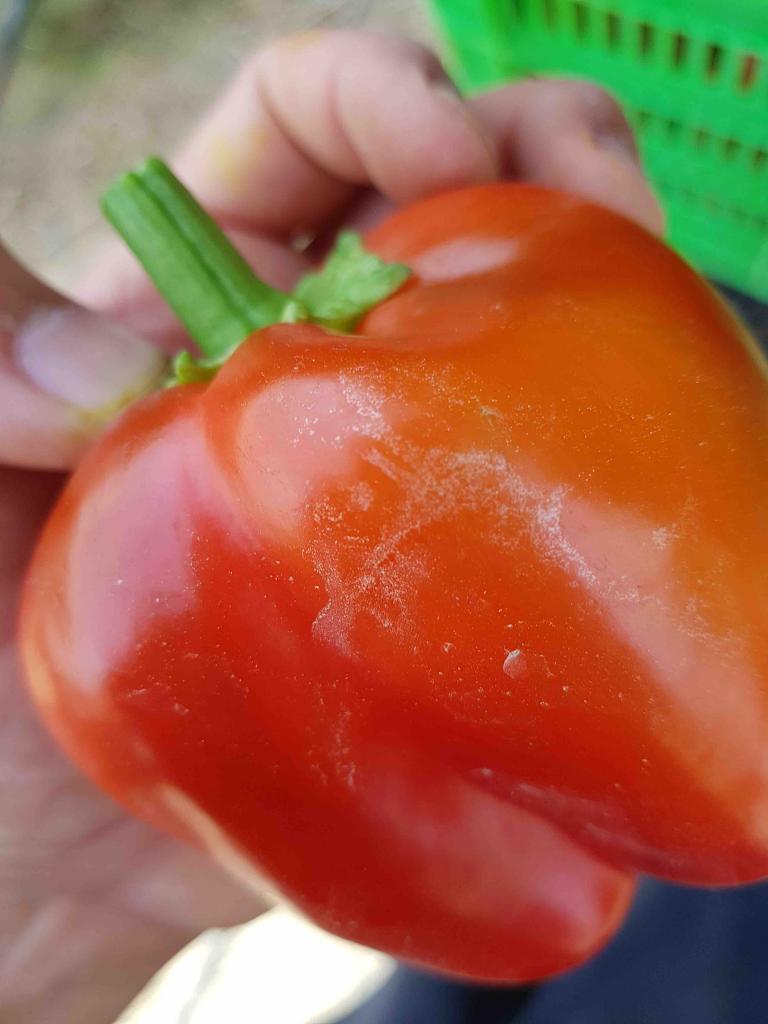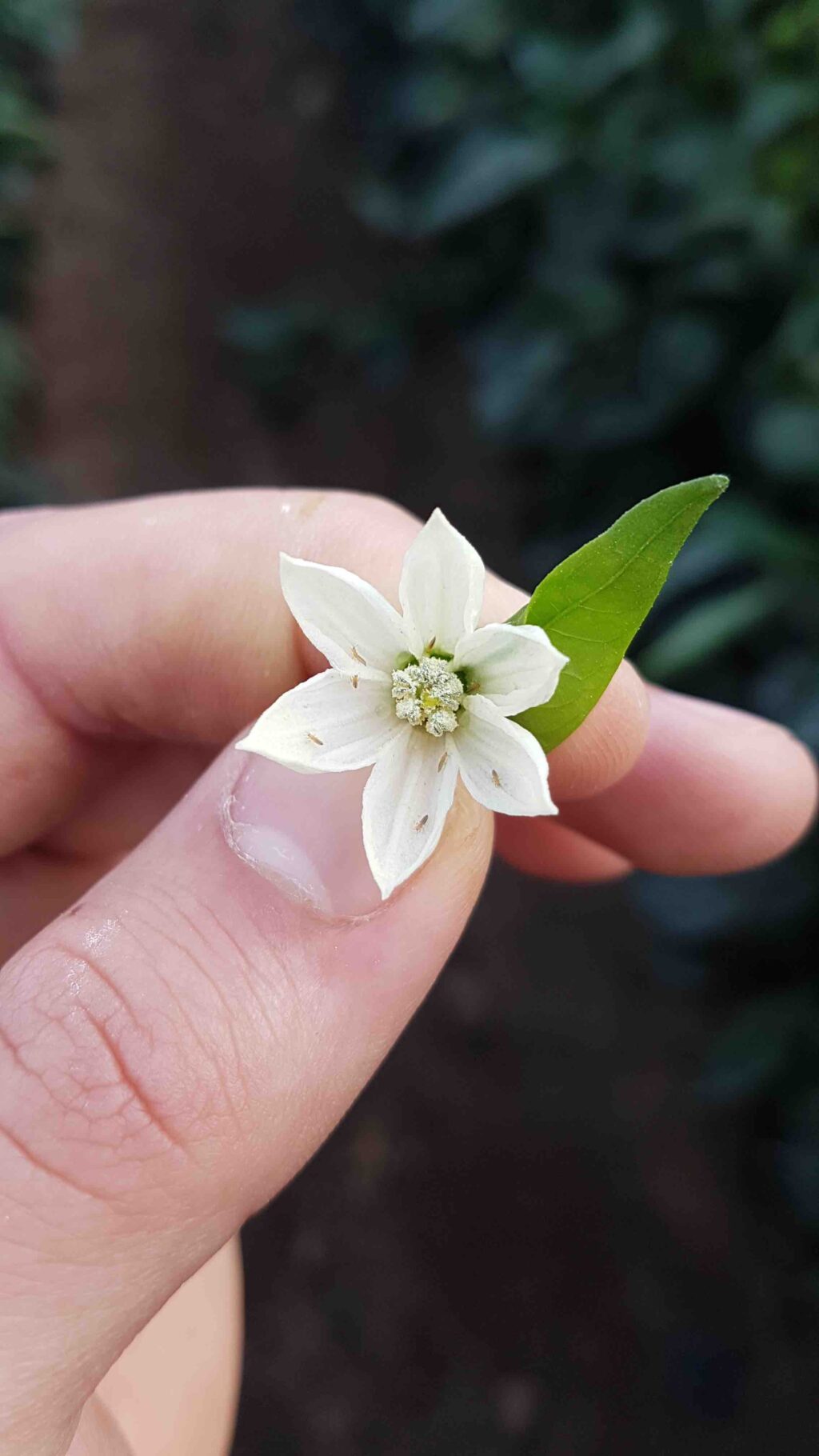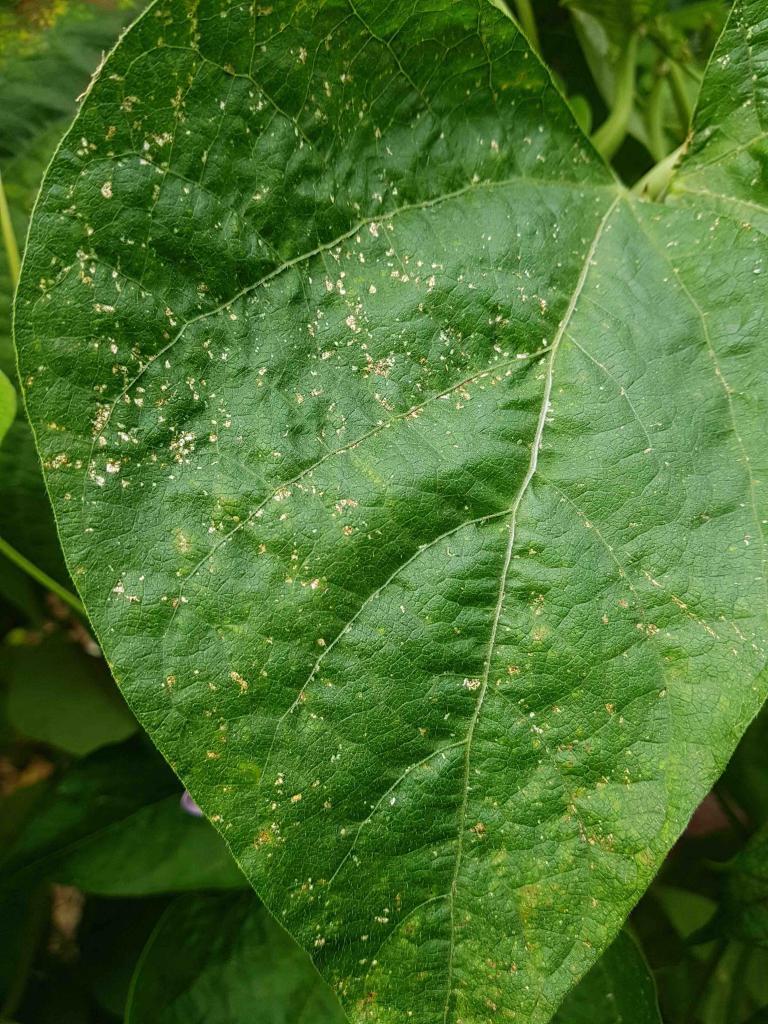Thrips bunga
Pepper, grapes, melon, chrysanthemum, strawberry, peas, peanuts, watermelon, plums, nectarines, peach, cotton, tomato, cucumber, basil, eggplant, cabbage, cauliflower, beans, and a large group of ornamental plants
Western flower thrips are small, polyphagous insects (adults are 1.2 mm in length). They are a major pest in the world of agriculture with several hundred different host plants. They can usually be found on the upper parts of plants, especially inside the flowers, where they feed on pollen. Western flower thrips undergo partial metamorphosis, developing through several distinct stages, including egg, larva, pupa and adult-which can fly only weekly.
They can cause damage to crops directly from scarring of fruits (as a result of feeding or laying eggs in the plant’s tissue) and indirect damage from the role it plays as a vector of viruses, responsible for TSWV (tomato spotted wilt virus; the most economically important), TCSV (tomato chlorotic spot virus), INSV (impatiens necrotic spot virus), GRSV (groundnut ringspot virus) transmission.
Jaringan dalam tanaman, jaringan tanaman harus tertutup dan hindarkan luka atau lubang pada bagian tanaman.
Tanaman atau bibit yang tahan terhadap penyakit merupakan syarat penting dalam budidaya.
Alat pemantauan hama (perangkap) sangat penting untuk mengetahui sebaran populasi dari hama.
Kebersihan area penanaman adalah hal terpenting, hindarkan tanaman dari gulma, sisa-sisa tanaman, bagian tanaman yang rusak, pertumbuhan tanaman yang tidak di ingginkan dan tanaman lain yang bukan merupakan tanaman utama budidaya.
Pencegahan serangan thrips secara dengan menggunakan insektisida secara effective dan tepat sasaran sangat sulit. Disisi lain hindari penggunaan insektisida seperti organofosfat, karbamat dan piretroid. Hal ini dikarenakan akan menghilangkan populasi dari musuh alami dan organisme yang berfungsi sebagai penyerbukan alami. Dan bersifat sebaliknya tidak akan mempengaruhi tingkat populasi serangan dari thrips.
spinosad produk berbasis.
musuh alami yang tersedia untuk mengendalikan thrips dan berasal dari genu orius
*Names marked in red are considered to be highly poisonous to beneficial insects.
*Names marked in green are considered to be organic and IPM (integrated pest management) compatible.
Image Gallery


